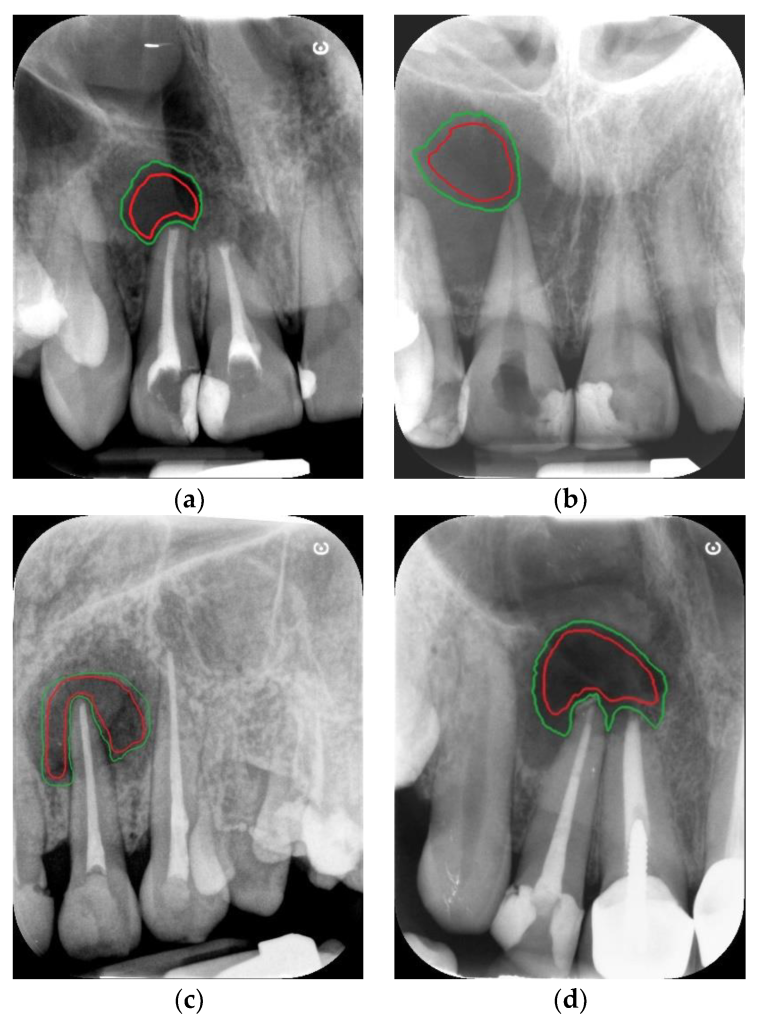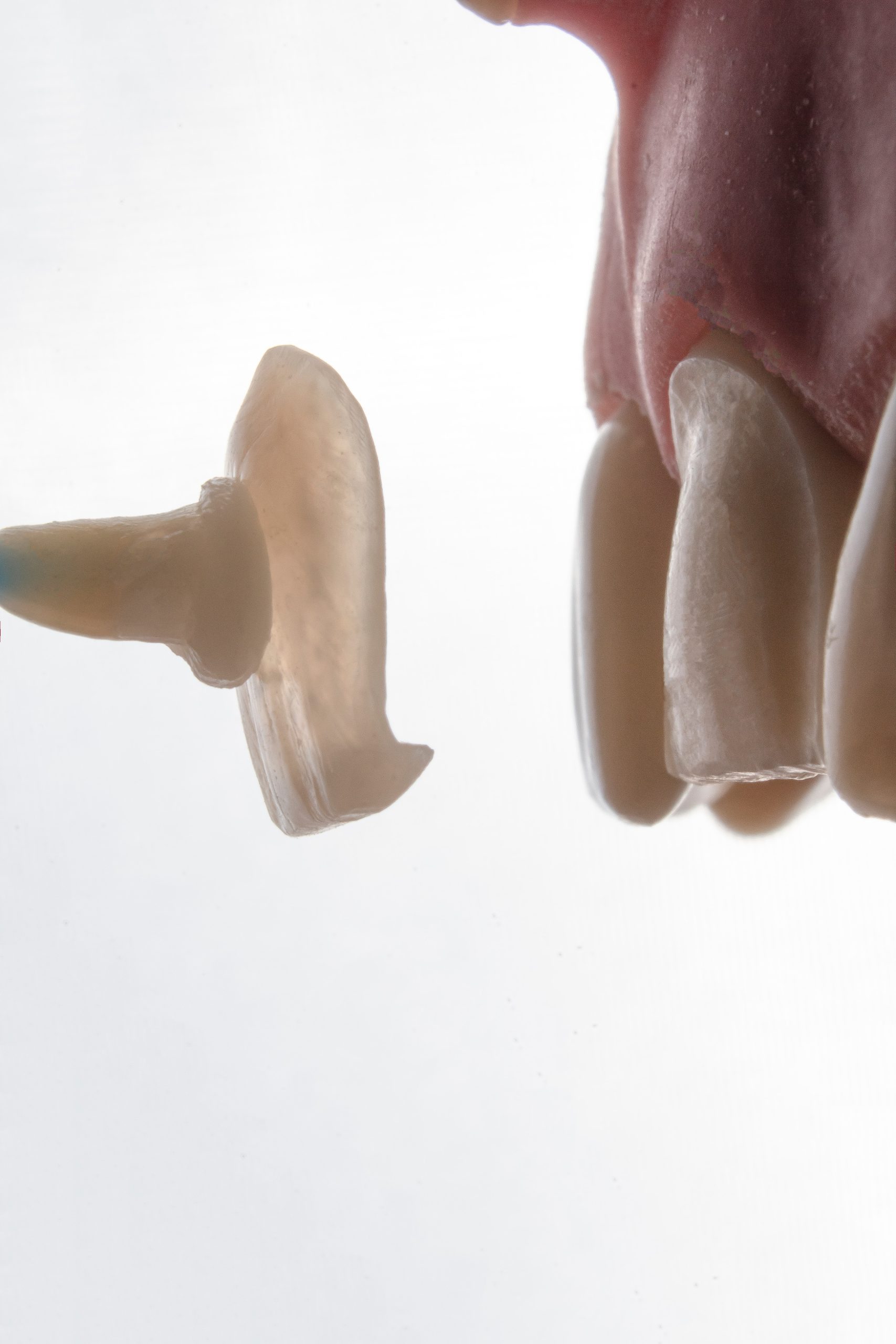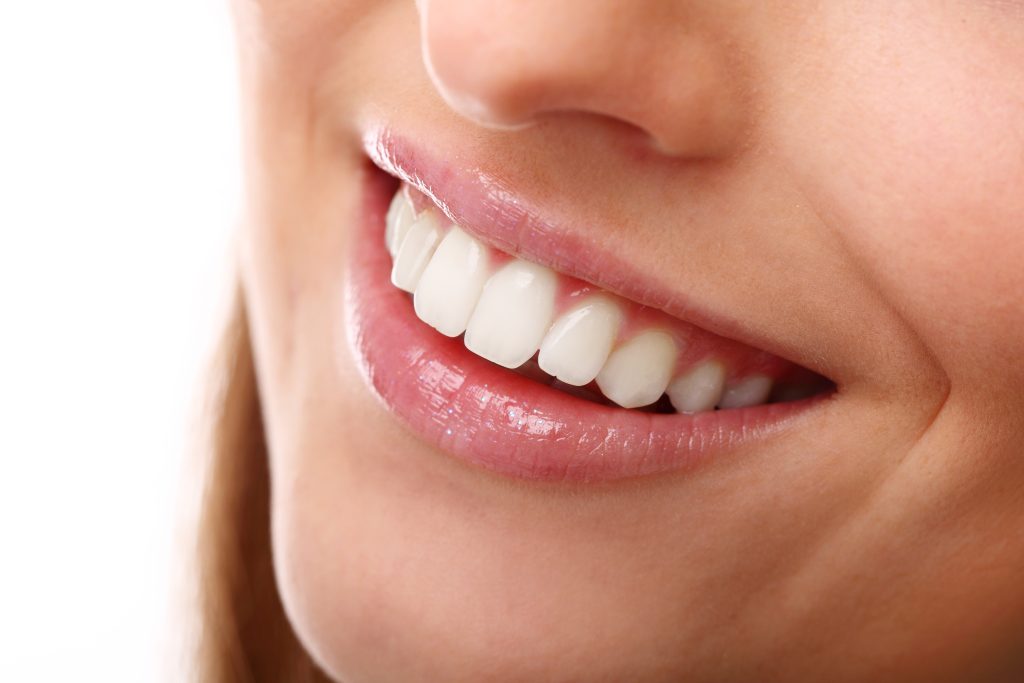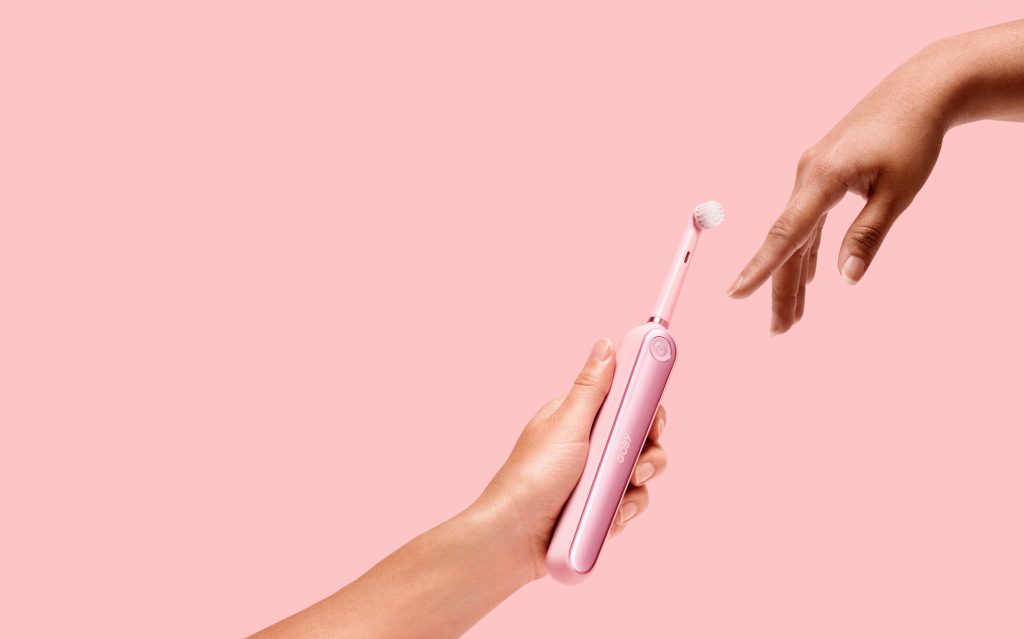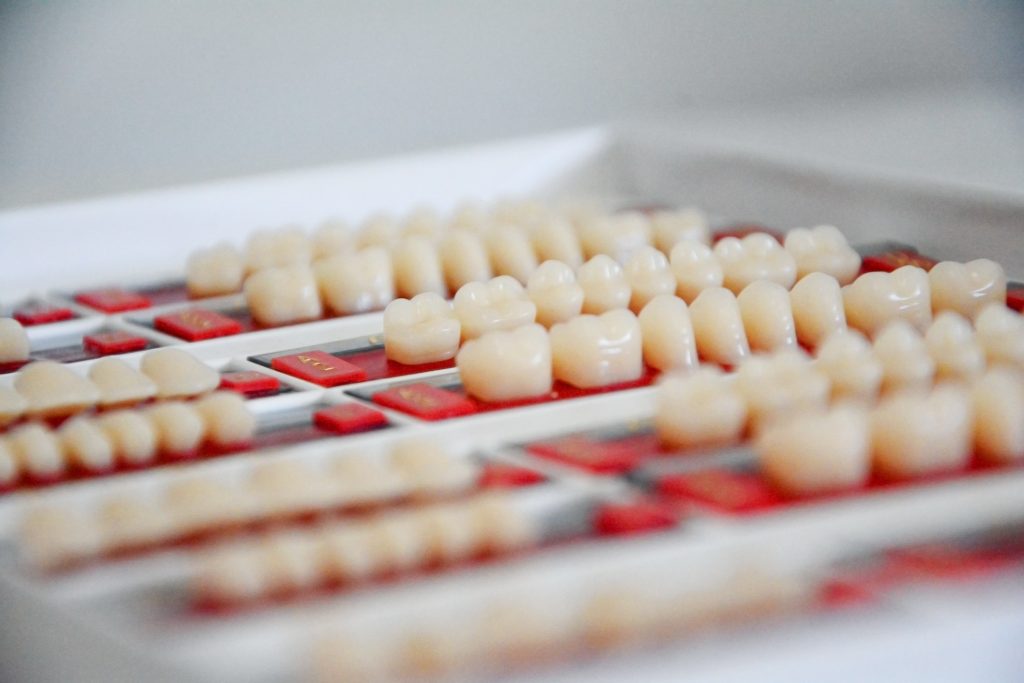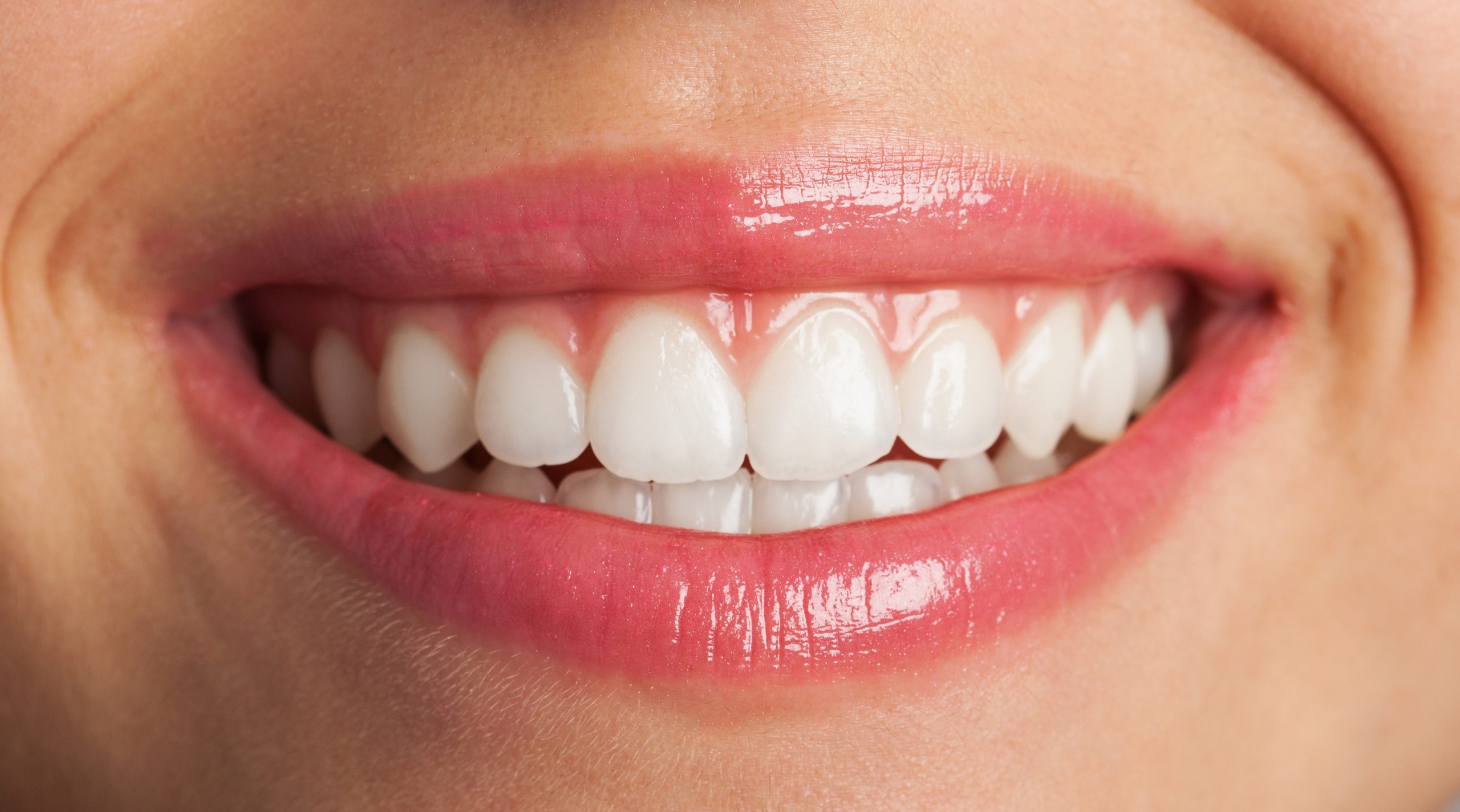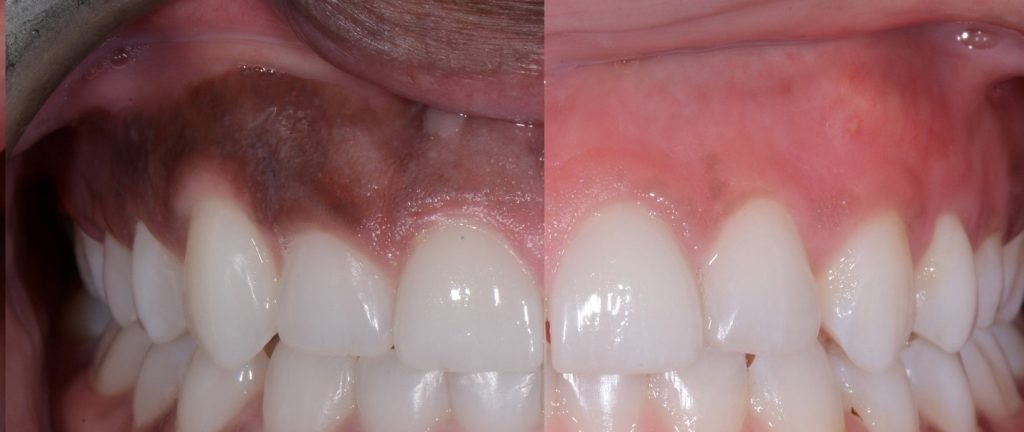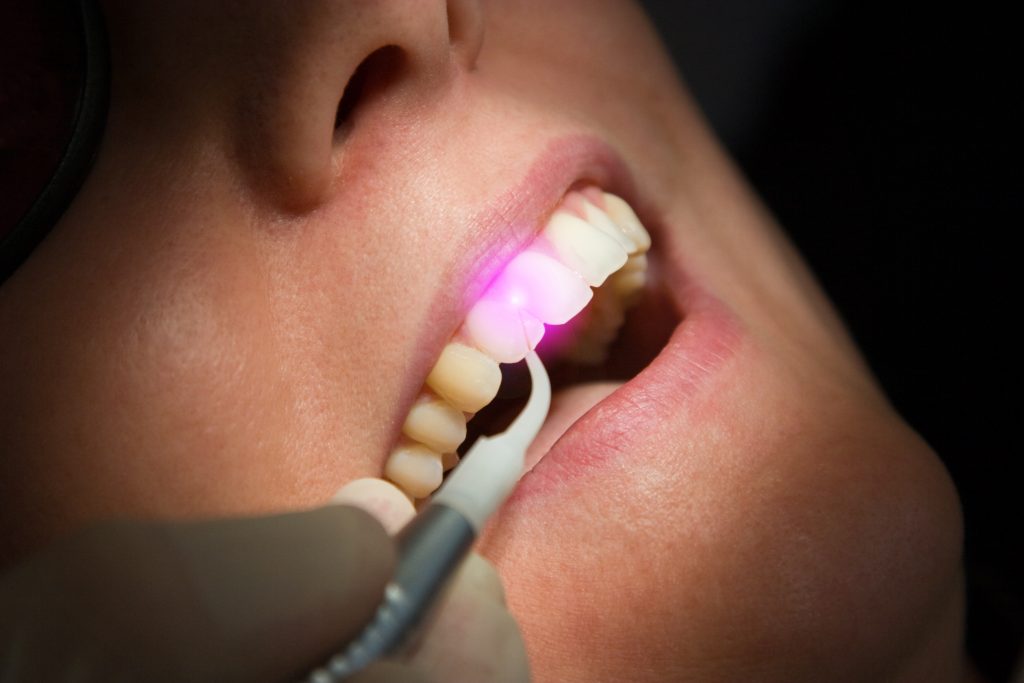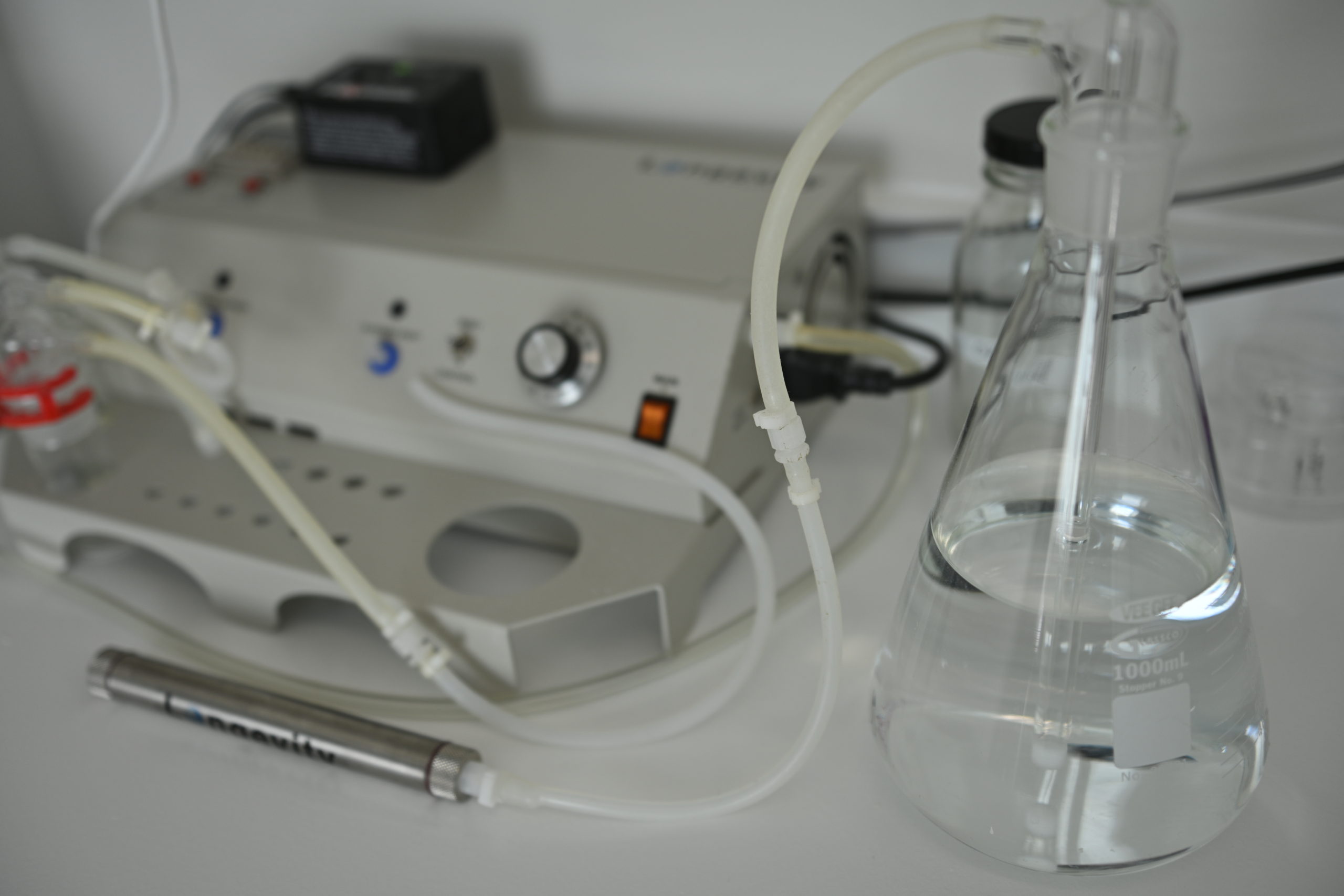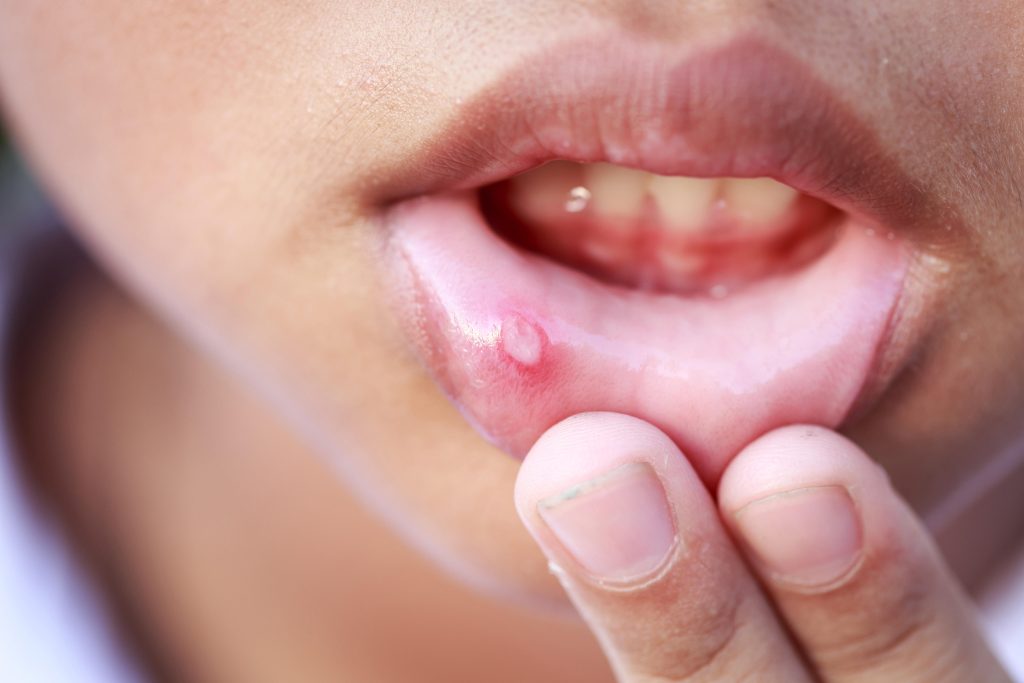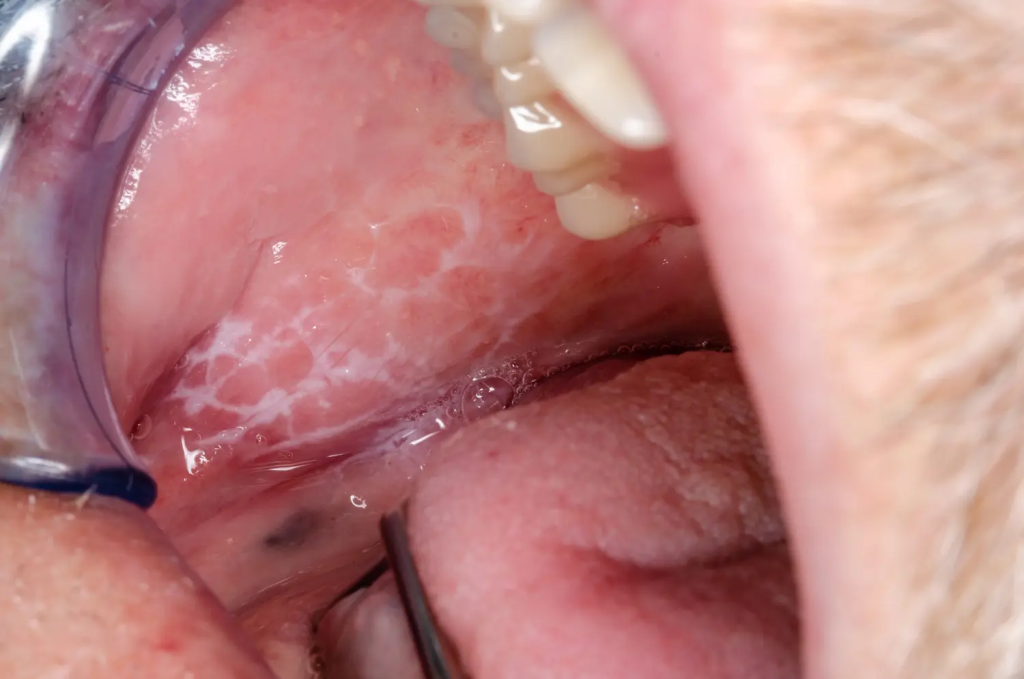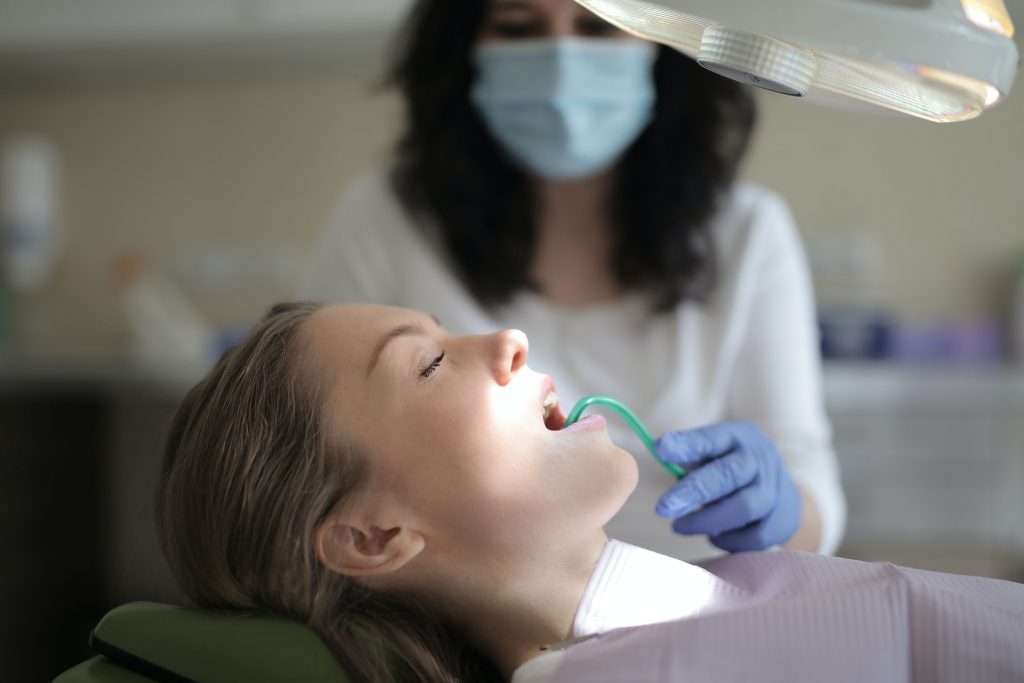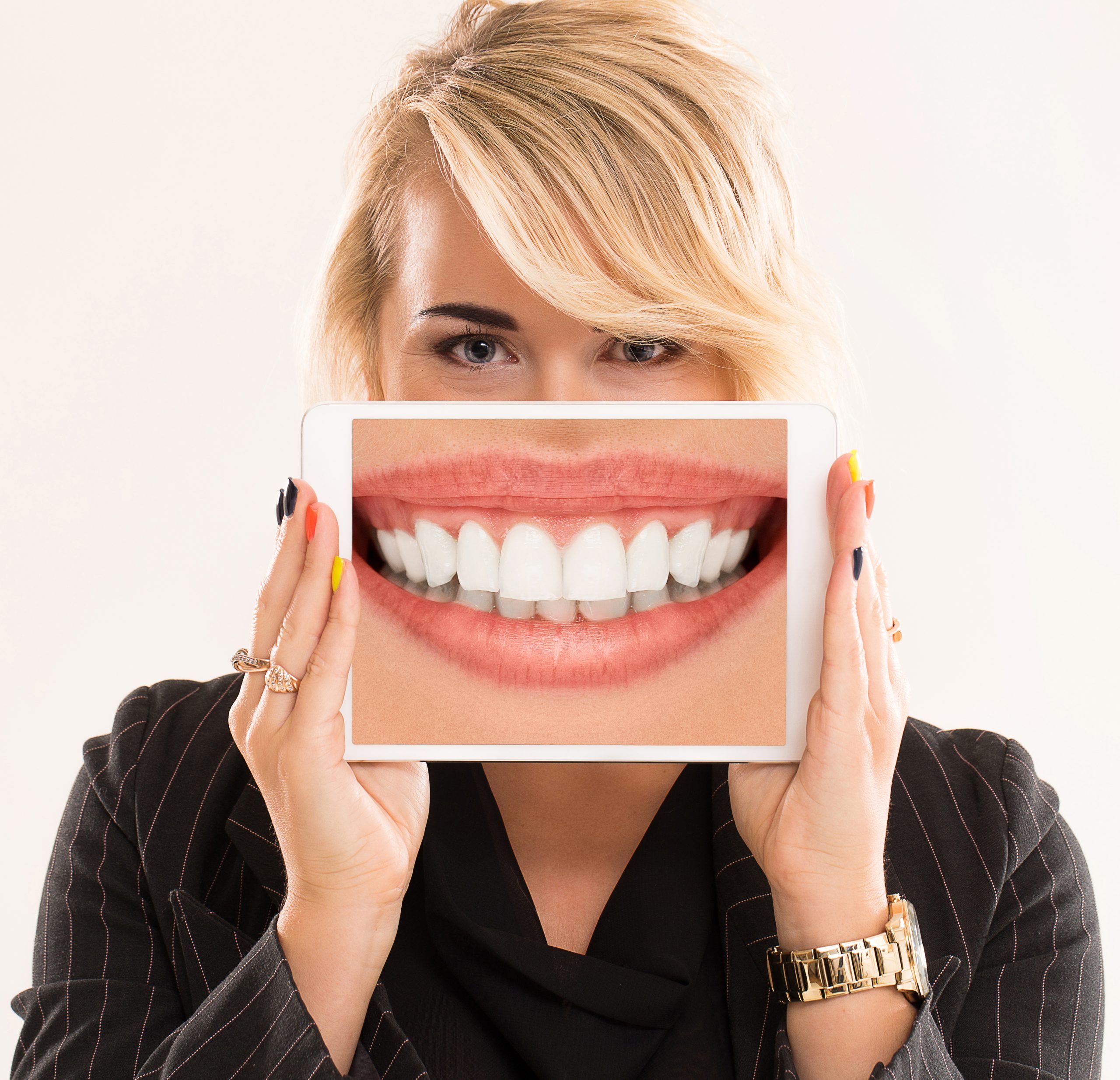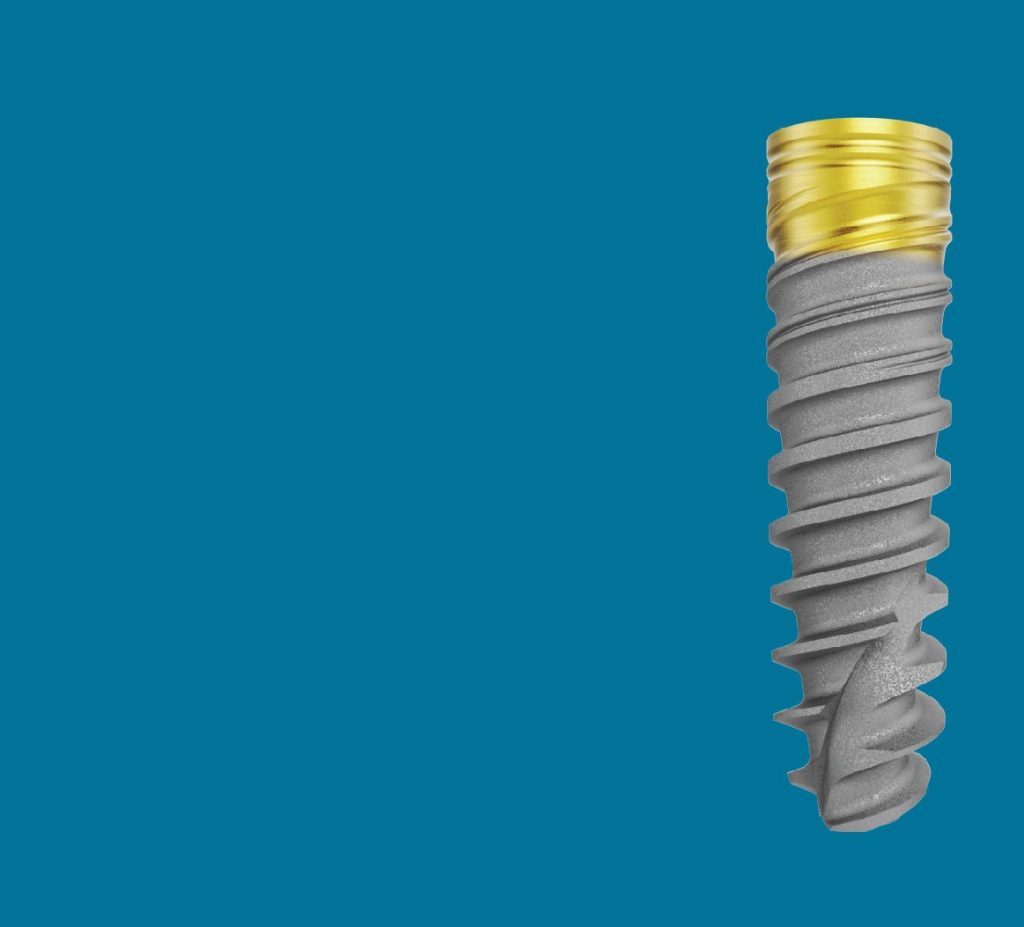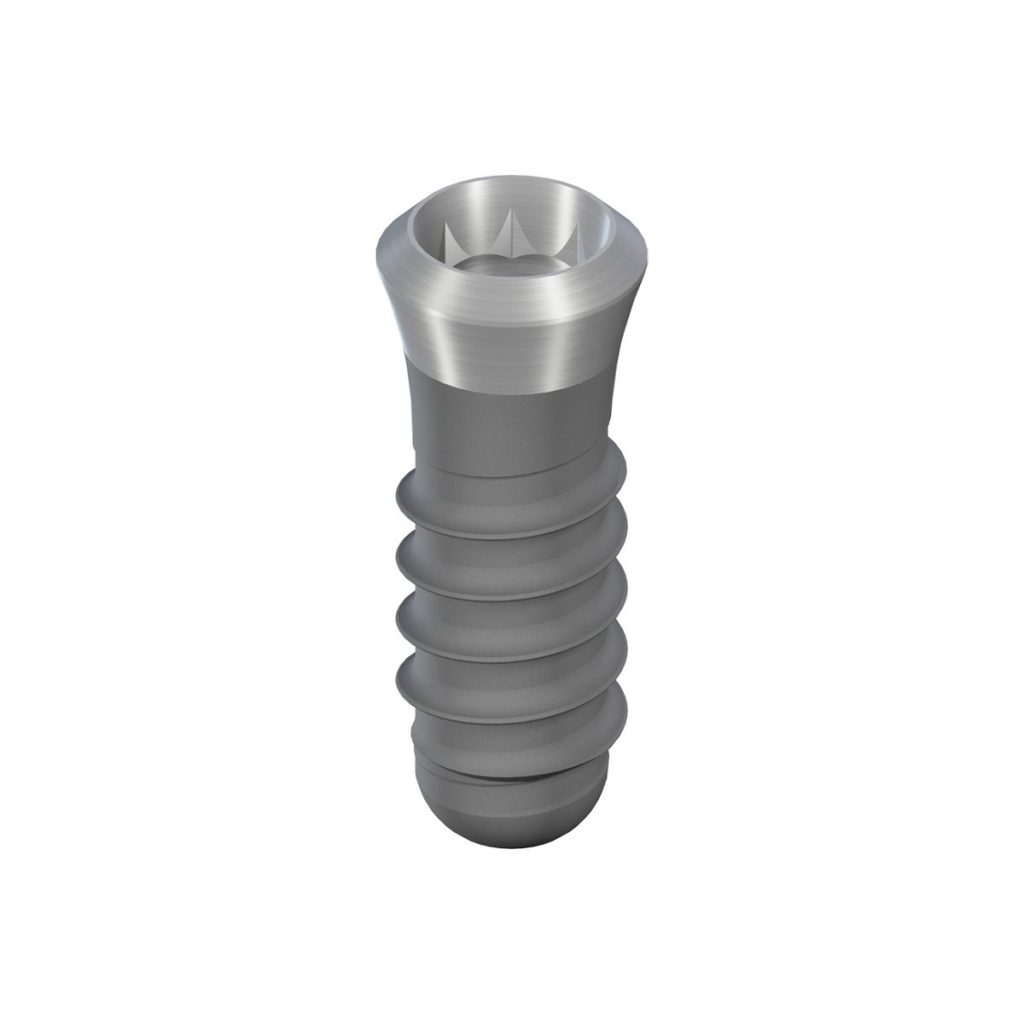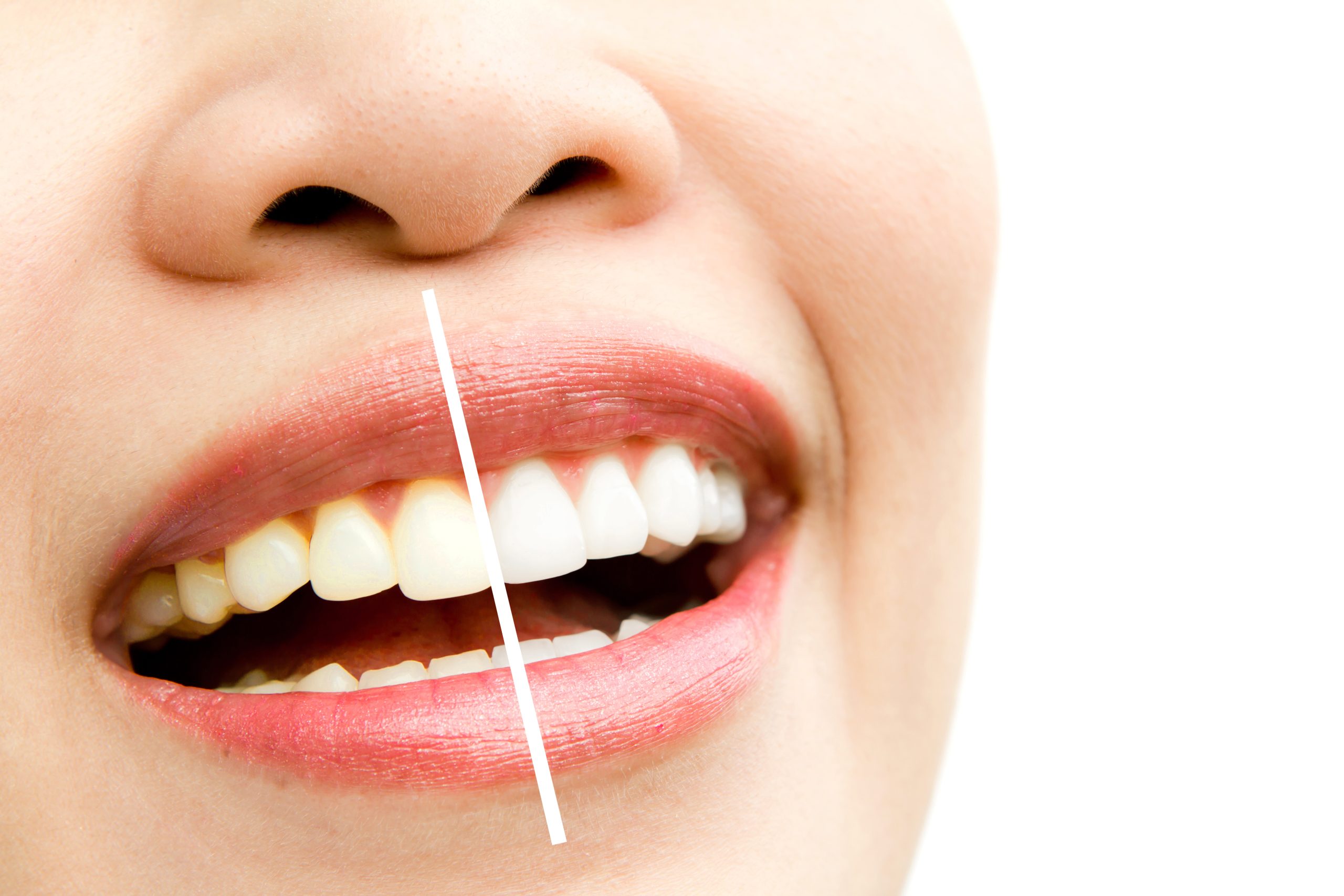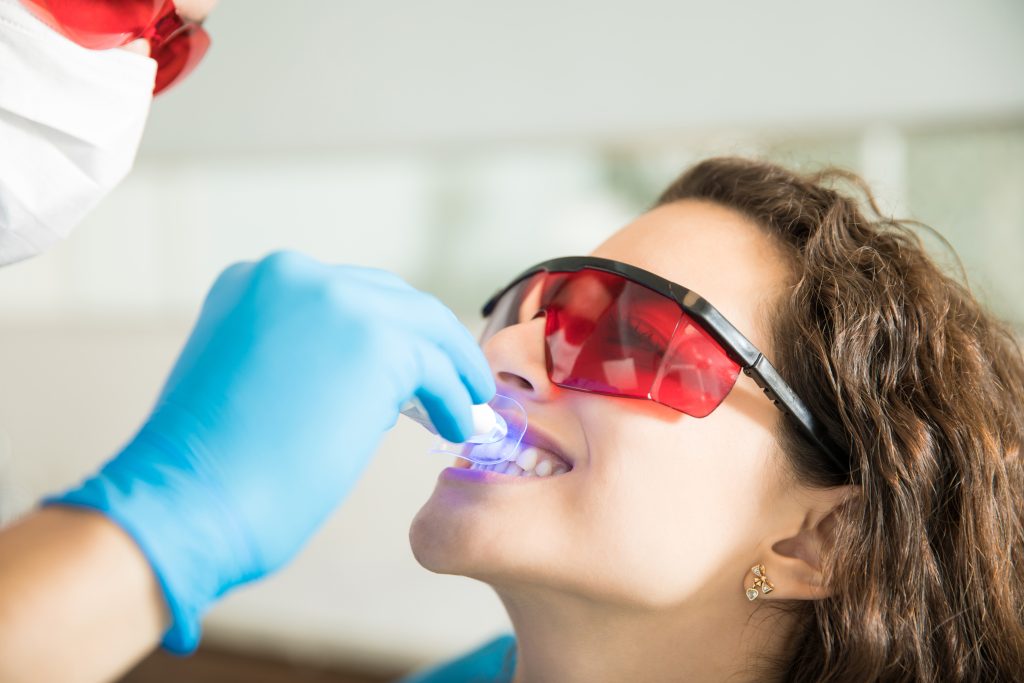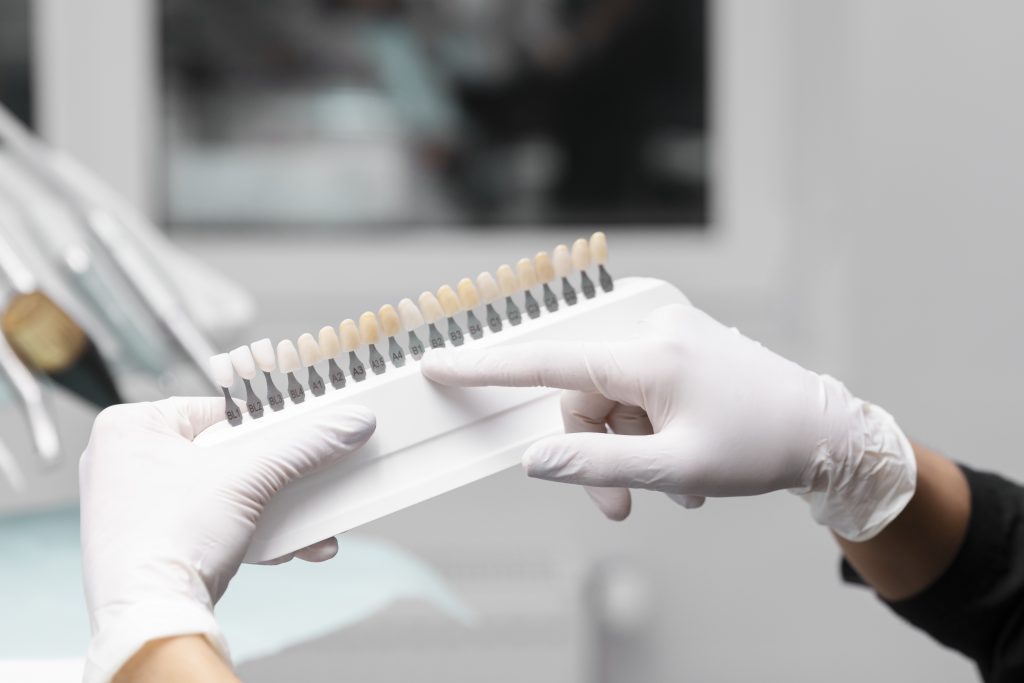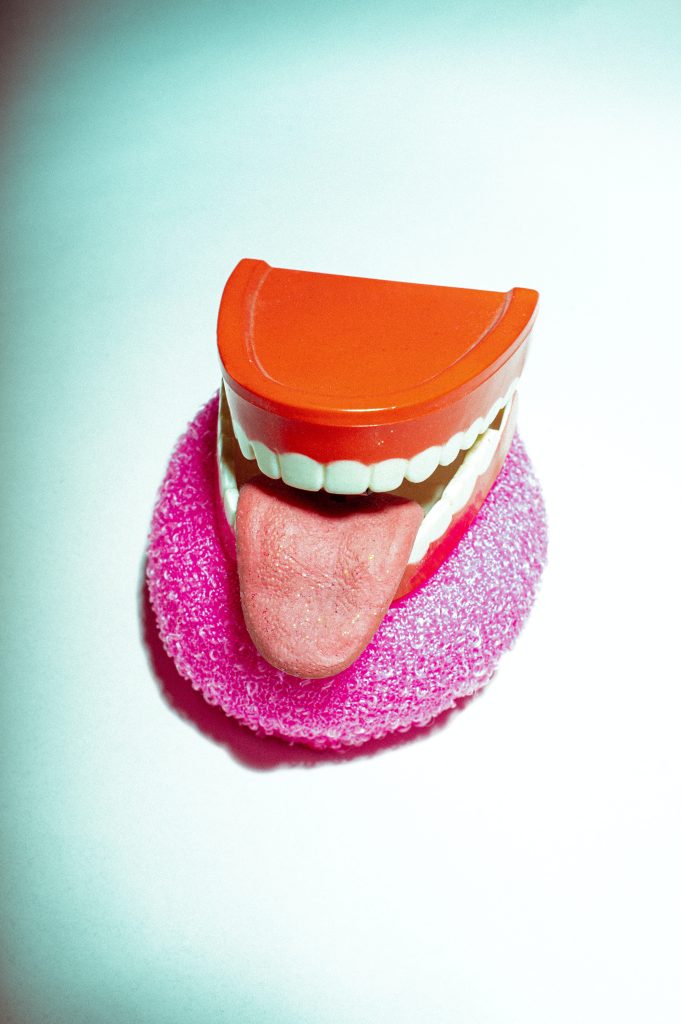Decays: Factors, Symptoms, and Solutions
Dental decay or tooth decay is one of the most prevalent dental problems that affect people of all ages. It is caused by the breakdown of the tooth’s outer surface due to acid produced by bacteria that harbor on the surface of the teeth. Tooth decay can lead to pain, infection, and tooth loss if left untreated. In this blog post, we will discuss the factors that favor dental decay, favorite areas for decay to occur, symptoms, and solutions.

Factors that Favor Dental Decay
Several factors can lead to dental decay, including poor oral hygiene, a diet high in sugars and carbohydrates, dry mouth, and acid reflux.
- Poor Oral Hygiene
Poor oral hygiene allows bacteria to stick to the teeth and form plaque, which produces acid that erodes the tooth’s enamel. Bacteria are always exist in the mouth, and they thrive on the food we eat. If we do not brush our teeth regularly, the bacteria form a sticky film on our teeth called dental plaque. Plaque can build up quickly, especially in places that are hard to reach, such as between teeth and around the gum line. Over time, the acid produced by the bacteria in plaque can drain away at the tooth’s enamel, leading to tooth decay.
- Diet High in Sugars and Carbohydrates
A diet high in sugars and carbohydrates provides food for the bacteria that cause decay. Sugars and carbohydrates are found in a wide range of foods, including soda, candy, cookies, and bread. When we eat these foods, the bacteria in our mouth convert the sugars and carbohydrates into acid, which can erode the tooth’s enamel.
- Dry Mouth
Dry mouth reduces the production of saliva, which helps to neutralize the acid produced by these bacteria. Saliva is essential for maintaining good oral health because it helps to wash away food particles and bacteria in the mouth. When the mouth is dry, there is less saliva to wash away the bacteria, which can lead to tooth decay.
- Acid Reflux
Acid reflux can cause stomach acid to flow into the mouth, which can erode the tooth’s enamel over time. Acid reflux is a digestive disorder that occurs when stomach acid flows back into the esophagus. The acid can also flow into the mouth, where it can cause damage to the teeth. People with acid reflux should talk to their doctor about ways to manage the condition to reduce the risk of tooth decay.

Favorite Areas for Decay to Occur
Tooth decay can occur anywhere on the tooth’s surface, but it is most common in the pits and fissures on the chewing surfaces of the back teeth, between the teeth, and near the gum line. These areas are difficult to clean, making it easier for bacteria to grow and cause decay. Decay in these areas can progress quickly, leading to pain and infection.
- Pits and Fissures
The pits and fissures on the chewing surfaces of the back teeth are the most common areas for tooth decay to occur. These areas are tough to clean with a toothbrush because they are deep and narrow. Food particles and bacteria can get stuck in these areas, leading to decay.
- Between Teeth
The areas between teeth are also common places for tooth decay to occur. These areas are hard to reach with a toothbrush, making it easier for plaque and bacteria to build up. Flossing at least once a day can help to remove the plaque and bacteria from between the teeth, reducing the risk of tooth decay.
- Near the Gum Line
The area near the gum line is also a common place for tooth decay to occur. Plaque and bacteria can build up in this area, leading to decay. Brushing twice a day with a fluoride toothpaste can help to remove the plaque and bacteria from this area, reducing the risk of tooth decay.

Symptoms of Dental Decay
Tooth decay may not cause any symptoms in the early stages, but as it progresses, it can cause sensitivity to hot and cold temperatures, pain when biting something, and visible holes or pits in the teeth. In some cases, an abscess may form, cause swelling and pain in the gums and jaw. When you see some of these symptoms, make sure contacting Alfa Dental Center dentists for early treatment.
- Sensitivity to Hot and Cold Temperatures
One of the first signs of tooth decay is sensitivity to hot and cold temperatures. When the enamel on the tooth’s surface is eroded, the tooth becomes more sensitive to temperature changes.
- Pain When Biting Down
As tooth decay progresses, it can cause pain when biting down. The pain can be sharp or dull and can be felt in one or more teeth.
- Visible Holes or Pits in the Teeth
In advanced stages of tooth decay, visible holes or pits may appear in the teeth. The holes or pits can be black, brown, or white and can be seen on the surface of the tooth.

Solutions for Dental Decay
Preventing dental decay involves maintaining good oral hygiene, eating a healthy diet, and visiting the dentist regularly.
- Maintaining Good Oral Hygiene
Brushing twice a day with fluoride toothpaste, flossing daily, and using mouthwash can help to remove plaque and prevent decay. It is essential to brush for at least two minutes each time and to use a fluoride toothpaste. Fluoride helps to strengthen the tooth’s enamel, making it more resistant to decay. Flossing removes food particles and bacteria from between teeth, reduce the risk of decay. Mouthwash can also help to kill bacteria in the mouth, reduce the risk of tooth decay. If you want to have further information you can contact with Alfa Dental Center anytime.
- Eating a Healthy Diet
A diet low in sugars and carbohydrates can also help to reduce the risk of decay. Foods such as fruits, vegetables, and dairy products are excellent choices for maintaining good oral health. These foods are rich in vitamins and minerals that help to strengthen the teeth and gums.
- Regular Dental Check-ups
Regular dental check-ups can help to identify and treat decay early before it becomes more severe. During a check-up, the dentist will examine the teeth and gums for signs of decay. If decay is found, the dentist will recommend treatment options, such as a filling or crown.
Conclusion
Dental decay is a common problem that can lead to pain, infection, and tooth loss if left untreated. Factors that favor decay include poor oral hygiene, a diet high in sugars and carbohydrates, dry mouth, and acid reflux. The most common areas for decay to occur are the pits and fissures on the chewing surfaces of the back teeth, between the teeth, and near the gum line. Symptoms of dental decay include sensitivity, pain, and visible holes or pits in the teeth. Preventing dental decay involves maintaining good oral hygiene, eating a healthy diet, and visiting the dentist regularly. By taking care of your teeth and gums, you can maintain good oral health and prevent tooth decay. Thus, contacting Alfa Dental Center’s professionals as soon as possible will make you get your treatment early.




